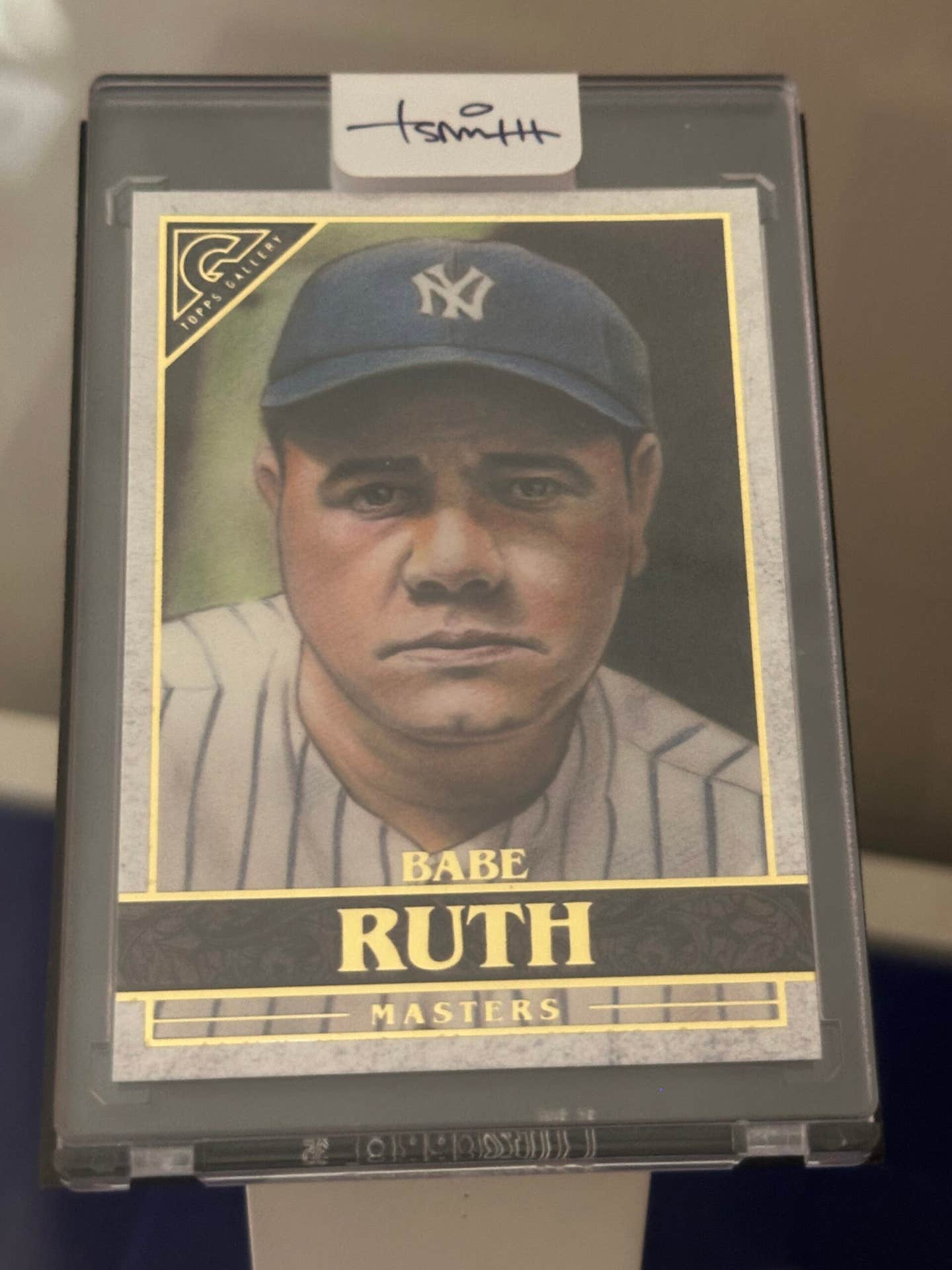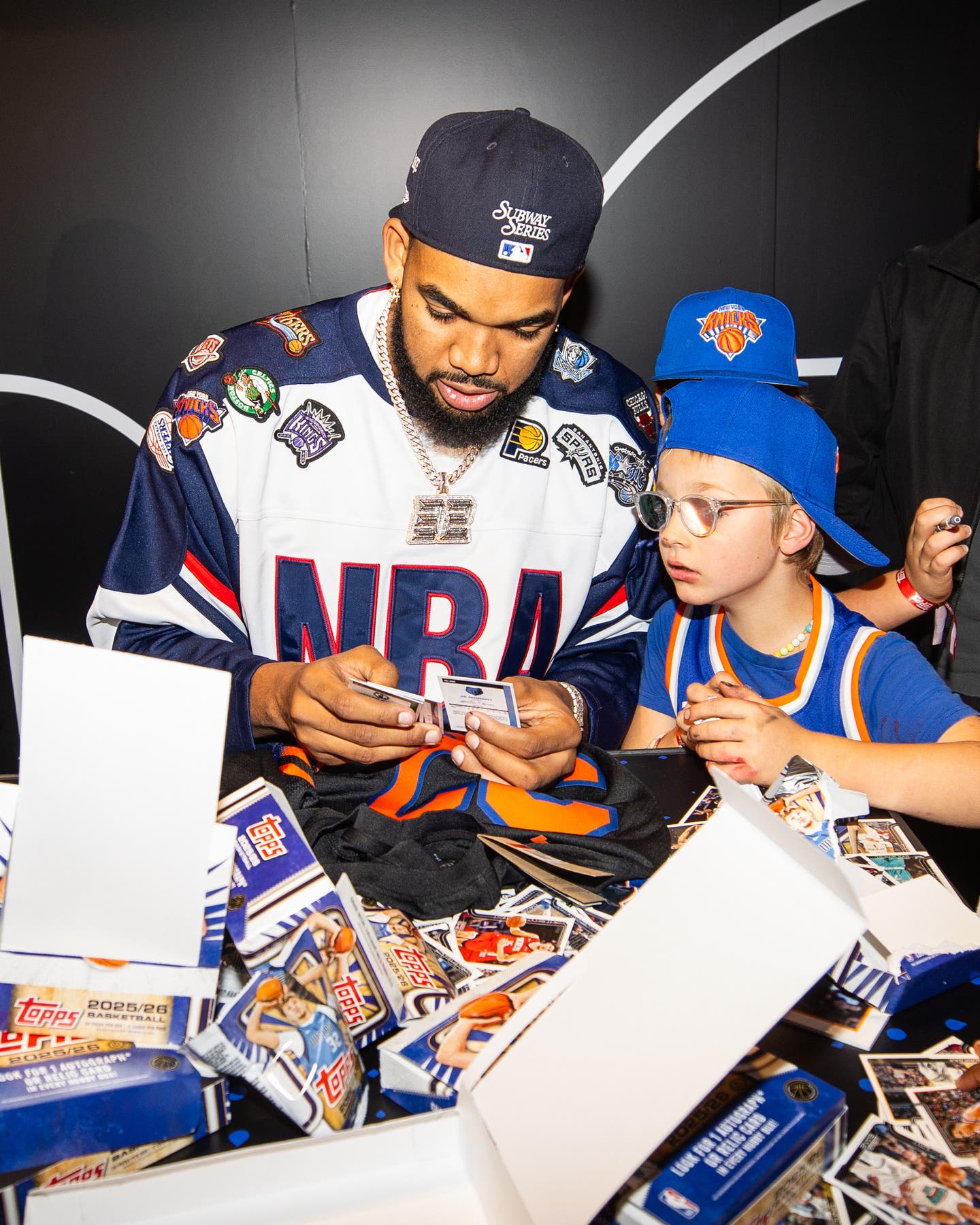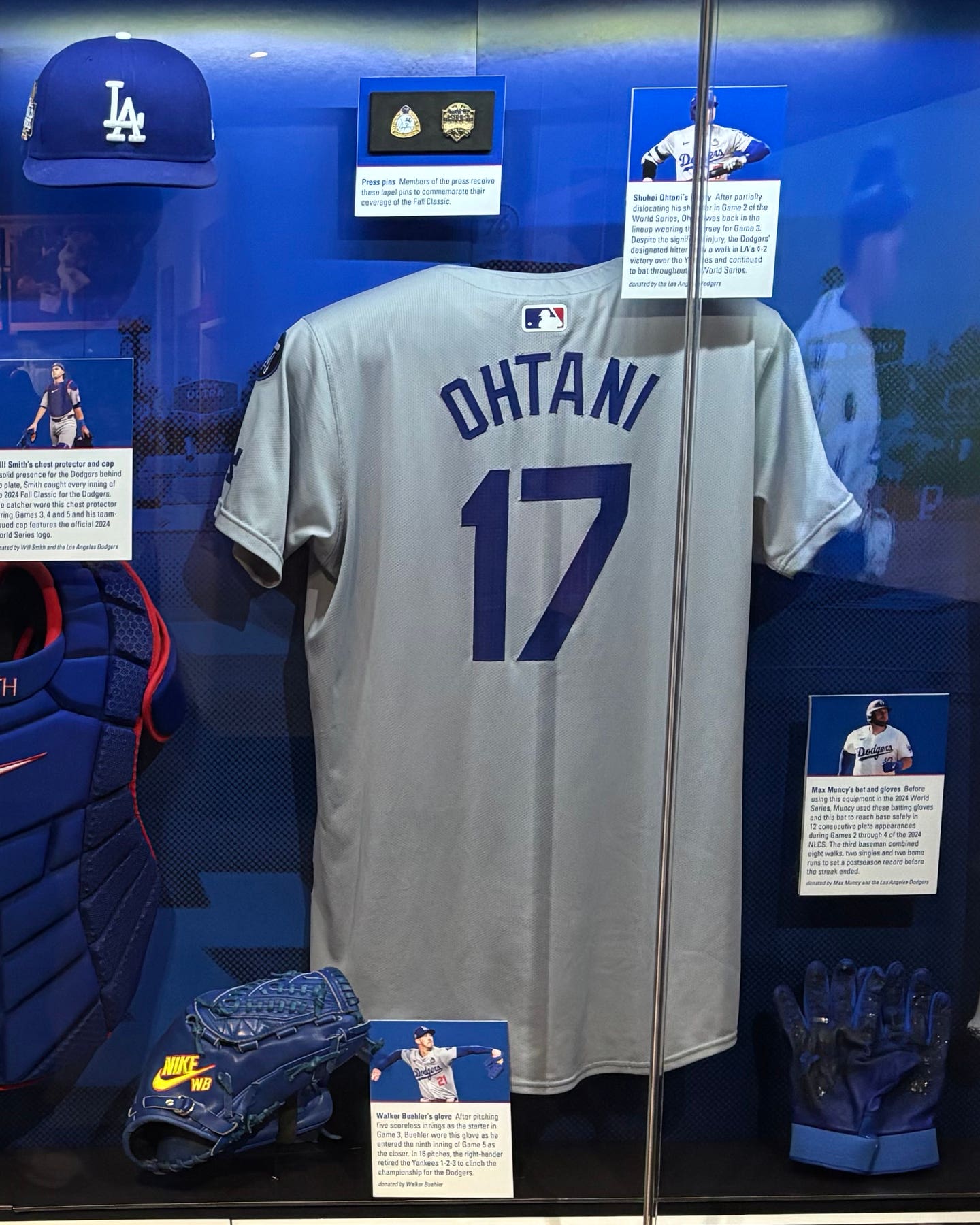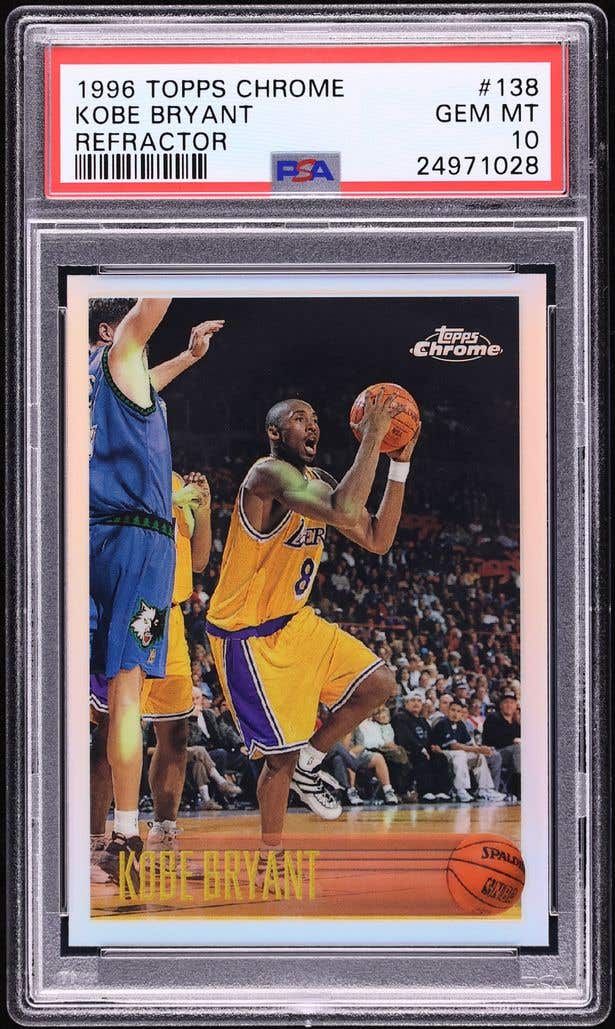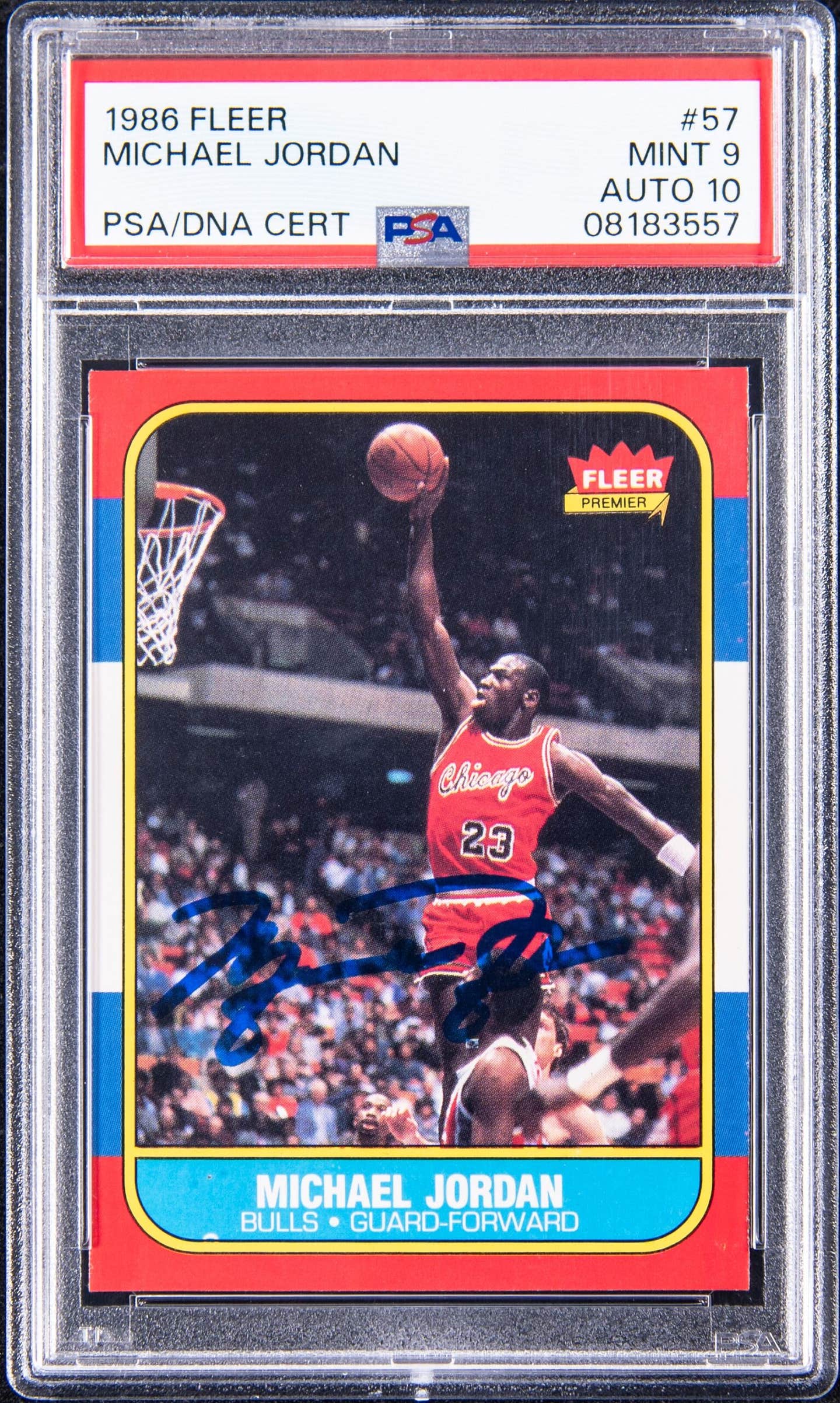News
Keeping it real: Operation Bullpen Update
When I wrote Operation Bullpen: The Inside Story of the Biggest Forgery Scam in American History, I figured it would be like many of my other books. I’d get some nice reviews in the media, do some radio and newspaper interviews about it and conduct the usual author talks at bookstores and community groups. End of story.
Boy, was I wrong.
Operation Bullpen – the book and the case – are still going strong, generating buzz in chat groups on the Internet. I know this because a member of one of these groups called me the other day to talk about the book and some of the issues and personalities in it. This was around the same time that two other collectors sent me e-mails asking me what to do about dealers they suspected of selling forgeries. Then there was the call I got one morning from Thomas Riccio, one of the guys involved in the latest O.J. Simpson mess. He also had some questions and comments about Operation Bullpen, and so we chatted while I was sitting in my pajamas in my living room at home.
This flurry of activity prompted me to call FBI Special Agent Tim Fitzsimmons. He was the lead investigator and case agent in Operation Bullpen, and I thought I’d check in with him to get an update on what was going on in the fraudulent memorabilia racket. One of my reasons for talking to him was to get his comments on the two e-mails I received.
Here’s the first one: “This site (name of website) is selling egregious forgeries. It looks like the same ones you wrote about in Operation Bullpen. I loved your book and was hopeful you could pass this site on to your FBI contact.”
At the end of Operation Bullpen (and also on the book’s website at www.operationbullpen.com), I listed an e-mail address for people to contact me if they had any follow-up questions or comments about the book. I’ve received e-mails since the book came out and continue to do so. One thing I’ve found consistently is the fervent desire of collectors to buy, sell and collect genuine stuff. They’re ticked off about the forgeries and don’t like the dirty stuff that’s soiled their hobby.
The second e-mail I received is also a reflection of this: “I am writing you this e-mail due to your involvement in writing about the Marinos and Operation Bullpen. I am trying to get in touch with someone about an East Coast auction house which I truly believe is doing the same thing as the Marinos and company. I have been an avid collector and really hate that forgeries have killed this passion of mine. I think I have a great eye for authentic items, and I hate that people are taking advantage of good people who believe they are getting real autographs. I have been reviewing the message boards about (name of dealer). I have also followed a lot of their recent auctions and cannot believe the amount of items I truly believe are fakes. I also did my research on (another dealer) and their lead authenticators. Do your homework and you will see what I am talking about.
“I am cc-ing my dad on this e-mail; he has been collecting autographs for over 30 years.”
You have surely noticed that I’ve deleted the name of the people accused of peddling and authenticating forgeries in these e-mails. I did this because I have no way of checking out whether or not the material they are selling is, in fact, fake. As the FBI will testify, it’s not easy to prove that a person is selling fraudulent memorabilia. The feds took nearly three years and used undercover agents, wiretaps, surveillance, financial probes and other means to bring down the original Bullpen ring.
Nevertheless, I do appreciate the continuing feedback and support I’ve received from collectors. In fact, while I was writing this piece, I received yet another e-mail from a collector who confessed that he had “been burned through an auction site that is advertised nationally.” He said he bought a Roger Maris-signed baseball from this auction site, submitted it to a well-known authentication firm and had it rejected not once but twice. Then it was “de-listed” when he tried to sell it on eBay. Adding to his miseries is the fact that he also bought signed Ty Cobb, Jimmie Foxx and Mel Ott baseballs from this auction site, and they’re likely forgeries too.
“What a mess,” he said, explaining that because the site advertises in SCD and other publications, “I assumed everything was legit.”
As I showed in Operation Bullpen, that’s one of the ways shady operators confer legitimacy upon themselves – by advertising. Sometimes they put pictures of superstars in their ads holding pens, as if the things they’re signing in the pictures are the same things being sold in the ads. Maybe so, maybe not. The original Bullpen guys also sold their phony wares on the TV home shopping channels. It’s generally a good idea to be skeptical about advertising claims, whether they are for a weight-loss program, an investment scheme or a memorabilia auction site.
So this is why I decided to call Fitzsimmons – to get some answers for the guys who wrote these
e-mails and others who’ve contacted me in the past. But before I get into my discussion with him, let me at least touch on my conversation with Riccio, a sports memorabilia dealer who set up that now-infamous meeting in a Las Vegas hotel room in which O.J. Simpson apparently tried to take back some signed memorabilia related to him. Simpson has been charged with robbery and assault in the incident and is scheduled to stand trial in April. Riccio, who was in the room when it happened, might be called to testify in the trial.
This was partly the reason for his phone call. He’s writing a book about the Simpson case, scheduled to be released around the time of the trial, and he wanted to include a chapter in it about Operation Bullpen. Riccio, a convicted felon who has made a ton of media appearances since the Simpson flap hit the news, said he once owned an auction house and has bought and sold signed sports memorabilia for years.
One of his questions centered on Donald Frangipani, who made a cameo appearance in my book and who was investigated by the FBI in both phases of Operation Bullpen. The original Bullpen ring used Frangipani certs for some of the mountains of phony material they produced, though the J. DiMaggio Co. did the bulk of their authentications. The East Coast dealers busted in phase two also evidently used Frangipani’s certs. SCD has mentioned him in its many articles on the case, and HBO’s Real Sports even did an investigative piece on him awhile back, highlighting the dubious authentication practices of him and others in the industry. Nevertheless, Frangipani says he’s innocent of any wrongdoing, and to my knowledge, has never been charged with any crimes.
I’ve received questions about other authenticators besides Frangipani, and although I hate authors who quote themselves, my basic response to them is what I wrote in the epilogue, that there are “some stubborn truths about the autograph industry: that authentication can be a refuge for scoundrels, that counterfeits remain a lucrative enterprise despite the efforts of law enforcement, and that the work of Greg Marino (Bullpen’s chief forger) is still making money for people and ripping off consumers, even though the man himself has retired his Sharpie.”
The FBI also investigated Riccio during Operation Bullpen, but he was not charged with any crime in the conspiracy either.
This brings me to the FBI and Fitzsimmons, who no longer works out of the San Diego office where he conducted the Operation Bullpen case. He’s now in the Tucson, Ariz., field office investigating public corruption and general fraud cases. I asked him if any of those fraud cases have to do with signed memorabilia.
“I’m afraid I’m going to have to give you my standard answer regarding ongoing investigations,” he responded. “We’re not allowed to comment.”
But, he said, both phases of Bullpen are pretty much a done deal now. “Everything has worked itself through the process,” he said, meaning that all the people that the FBI brought charges against have been sentenced and gone to prison, if that’s what their sentences required. Further, the financial victims in the case, those defrauded by the ring, have received refunds for the bogus material they bought.
But what about the collectors out there today who bought stuff authenticated by J. DiMaggio, Stan’s Sports Memorabilia or Sports and Celebrity Autograph Authentication (SCAA) – three of the authenticators used by the Bullpen ring. Can they get restitution, too?
“It’s too late,” said Fitzsimmons. The process of sending in questionable items to receive refunds began in late 1999, after the first Bullpen busts, and then another round occurred in the early 2000s when more busts followed in Phase Two. Too much time has elapsed to receive payment or to submit any more items, many of which were not bought directly from the Bullpen conspirators but rather from some third party who may or may not have known what he was selling. Even so, the FBI still receives calls from collectors who are holding potential fake merchandise and wonder about possible restitution.
“Everyone knows those things are bogus,” said Fitzsimmons, referring to the merchandise with COAs from J. DiMaggio, Stan’s and SCAA. “They get on the Internet and find out about them, and we still get lots of those calls. We have to tell them that, unfortunately, there’s nothing we can do.”
What a collector needs to do if he feels he’s holding fake stuff is go back to the person he bought it from and ask for some kind of accommodation from him, Fitzsimmons said. But it might be that this person in turn bought the merchandise from somebody else, and it thus becomes a hard web to untangle.
Then, of course, there are all the people who bought Greg Marino-signed items with fake certs. But rather than ask for restitution from the FBI, they simply replaced those old, bogus pieces of paper with new, bogus pieces of paper with the authentication supplied by the seller himself, a shop or perhaps by the same auction house that my e-mail correspondent was complaining about.
As he has for years, Fitzsimmons counsels collectors to “know the person’s story you’re buying from as much as possible. There’s still enough bad stuff out there.” But, he adds, “there are also a ton of companies that do a numbered system with holograms similar to Upper Deck’s. You can buy from those people with confidence,” he said.
If you suspect a website or dealer of selling fraudulent material, “report it to the local or federal authorities in the area where the person is making the sale,” said Fitzsimmons. “In Chicago, for example, relate your concerns to the Chicago police or Chicago FBI because they have venue.”
The original Bullpen ring was centered in San Diego County, so Fitzsimmons’ former San Diego field office had “venue” in the case. The crimes were being perpetrated in that area, and many of the victims also lived there. This enabled the San Diego FBI and U.S. Attorney’s Office to investigate and ultimately prosecute members of the ring. But for the second phase of the investigation, nearly all the fraudulent dealers operated outside Southern California. “So we had to do things to create venue,” said Fitzsimmons, which usually meant getting the dealer in New York, New Jersey or some other state to sell forged material to an undercover agent working with the FBI, and then send it by mail to the San Diego area. This established venue for Fitzsimmons and the San Diego FBI, and they could then investigate further.
The FBI and Justice Department have since agreed to direct any future memorabilia fraud investigations to the local venue where the crimes are taking place, rather than channel them through San Diego as they had been during the 10 years that Operation Bullpen was an active item in Fitzsimmons’ in-box.
Ten years is a long time to work one case, and Fitzsimmons remains in touch with many of the people involved in Bullpen, including some of those who were busted. One group he’s been in touch with lately is the National Baseball Hall of Fame in Cooperstown, which is planning an exhibit on Operation Bullpen and fraudulent baseball memorabilia (see sidebar).
Greg Marino was a diehard Yankees fan, and many of his one million-plus forgeries were of baseball stars, notably Mickey Mantle, Joe DiMaggio and Babe Ruth. The FBI laboratory in Quantico, Va., conducts a public tour featuring examples of Marino’s handiwork. During his investigation, Fitzsimmons sent baseballs, photos and other forged material to the Quantico lab for analysis, and the agents there in turn sought guidance from the Hall of Fame. As Fitzsimmons said, “It’s the best place in the world to look at legitimate stuff.”
FBI agents took trips to Cooperstown to look at this legitimate stuff and compare it to the fake stuff they were receiving from Fitzsimmons. After the case concluded, Hall of Fame officials visited Quantico, saw the Operation Bullpen material on display, and became interested in doing an exhibit themselves. They’ve talked many times with Fitzsimmons on the phone and are tentatively planning a trip to Tucson to meet him in person.
“I got some nice compliments from the Hall of Fame about your book,” he said. “They read the book and really loved it.”
See, that’s what I’m saying. As an author and writer, I don’t hear that sort of thing every day – a compliment from the Hall of Fame passed on to me by a federal law enforcement agent.
Fitzsimmons does not know yet when the Hall of Fame exhibit will open. Museum exhibits take a long time to put together, and he guessed that it’s at least a year away. But Fitzsimmons, who’s never been to the Hall, said that when it happens, he’s planning to go to Cooperstown to see it. That’s something I’d like to see myself.
Kevin L. Nelson is the author of “Operation Bullpen: The Inside Story of the Biggest Forgery Scam in American History.”



